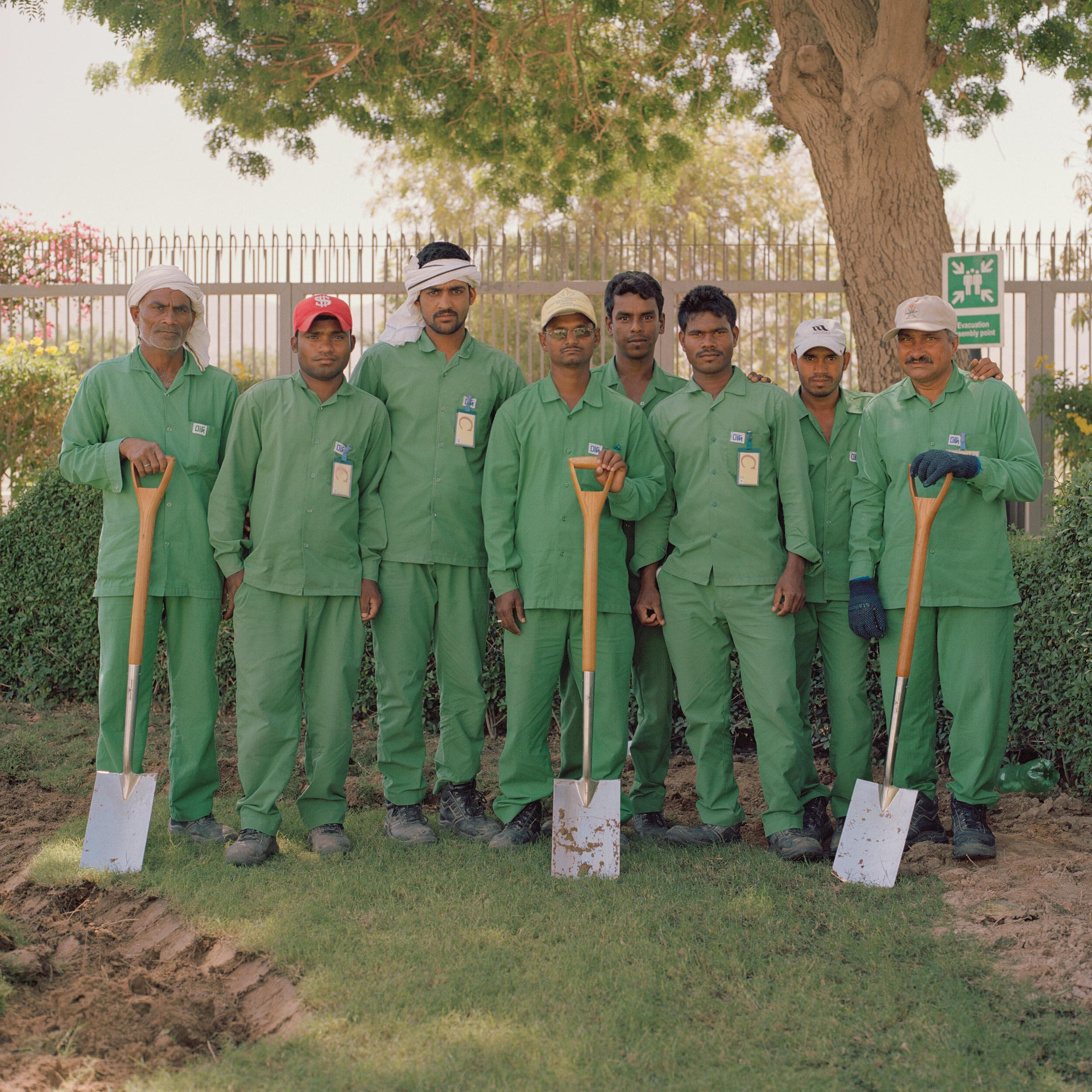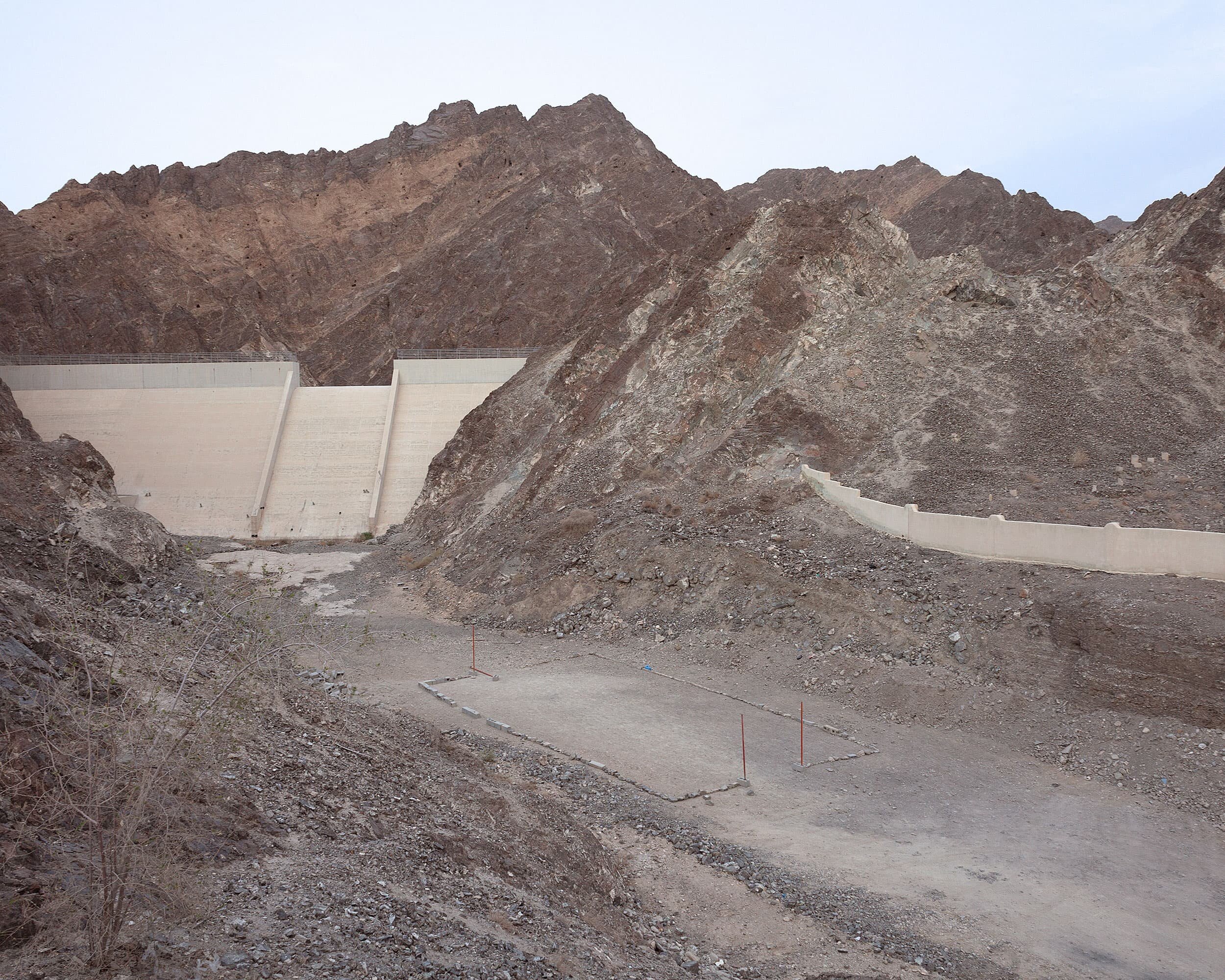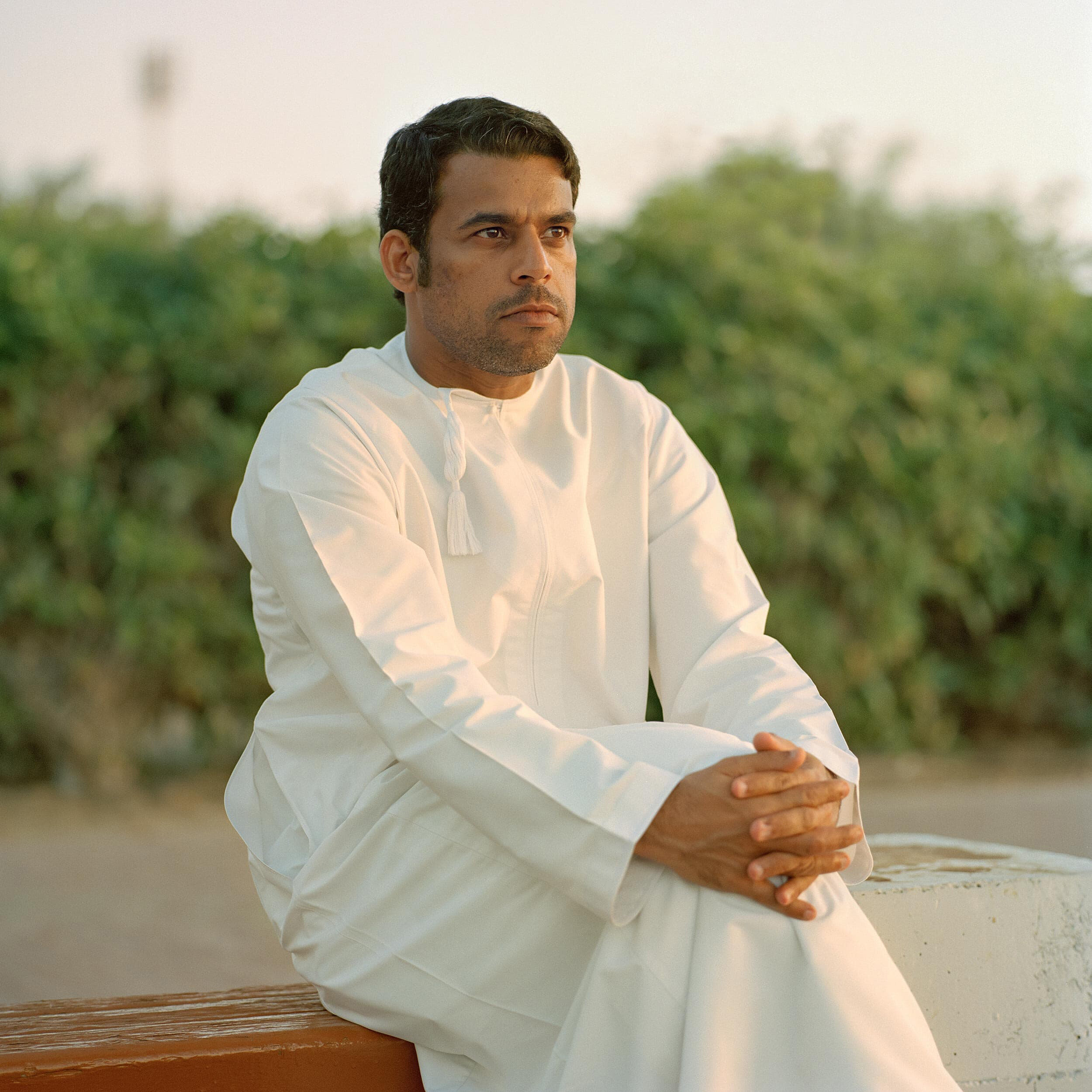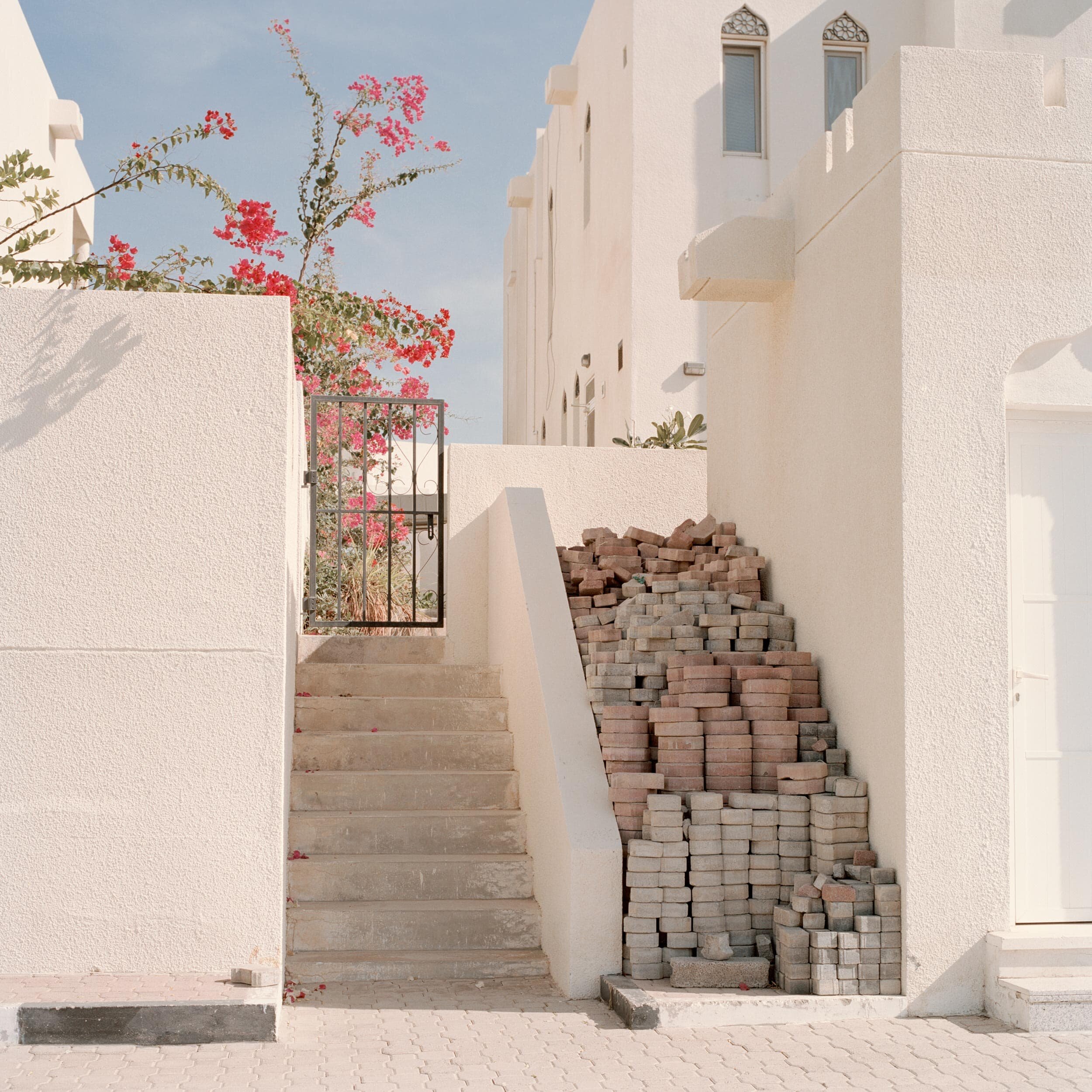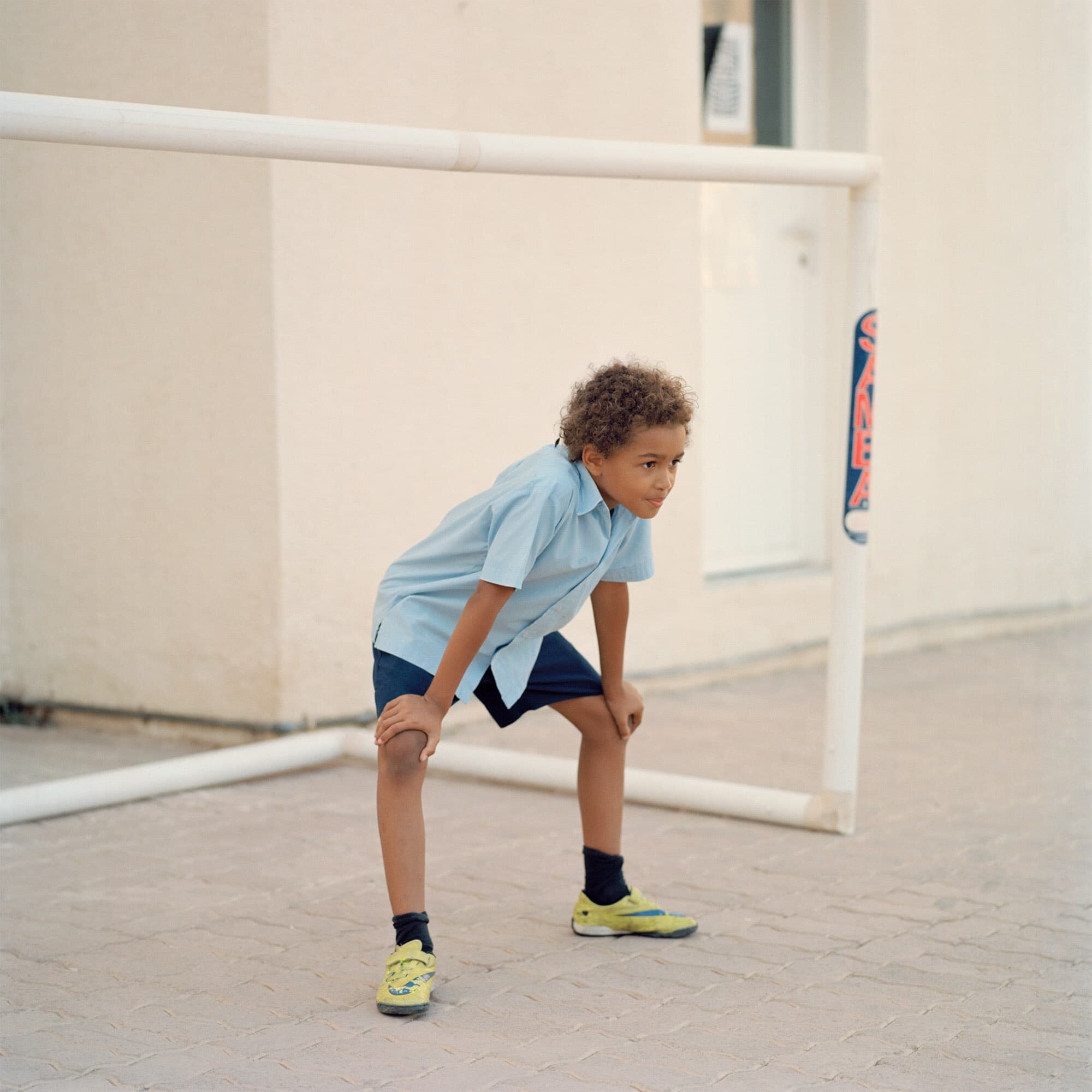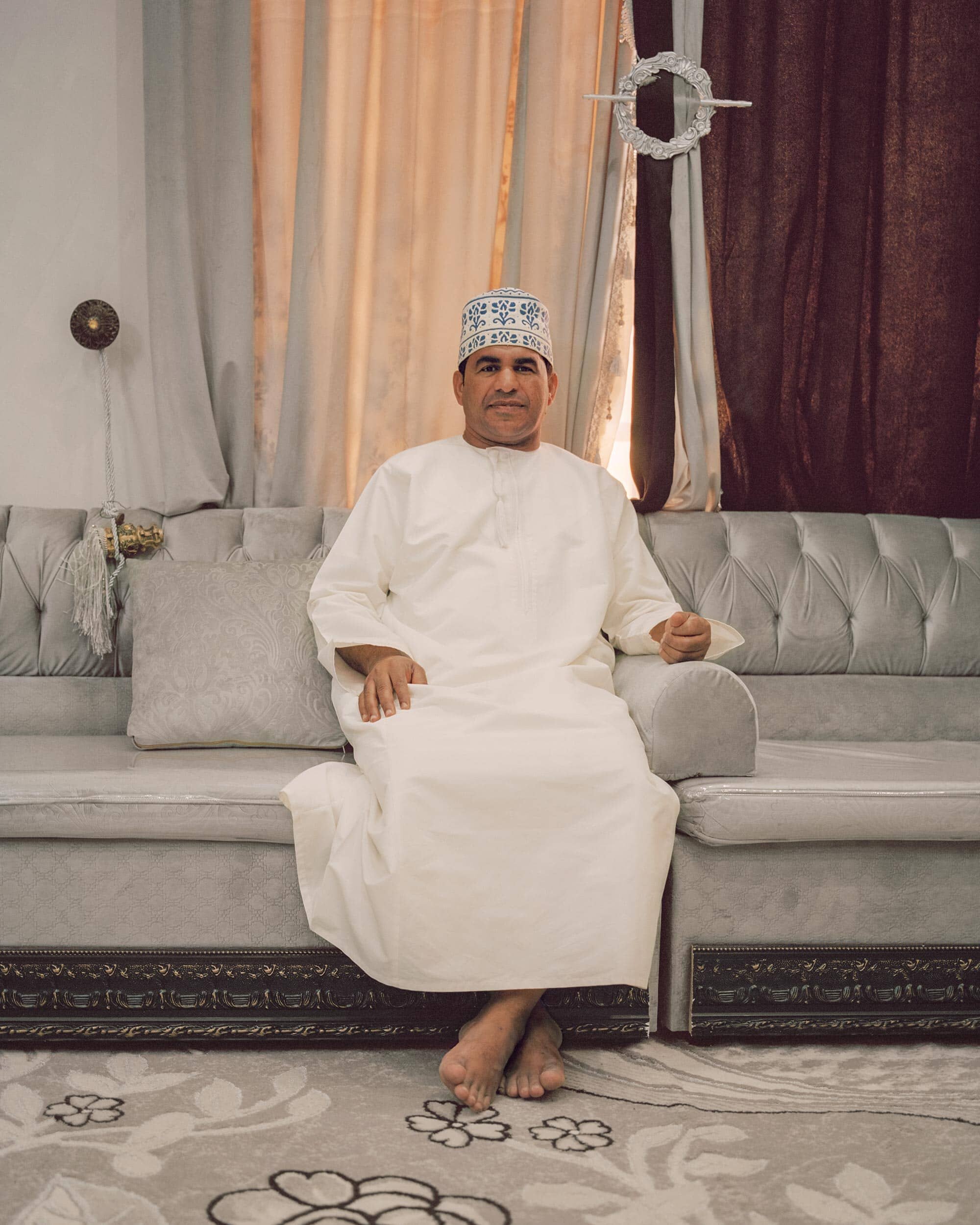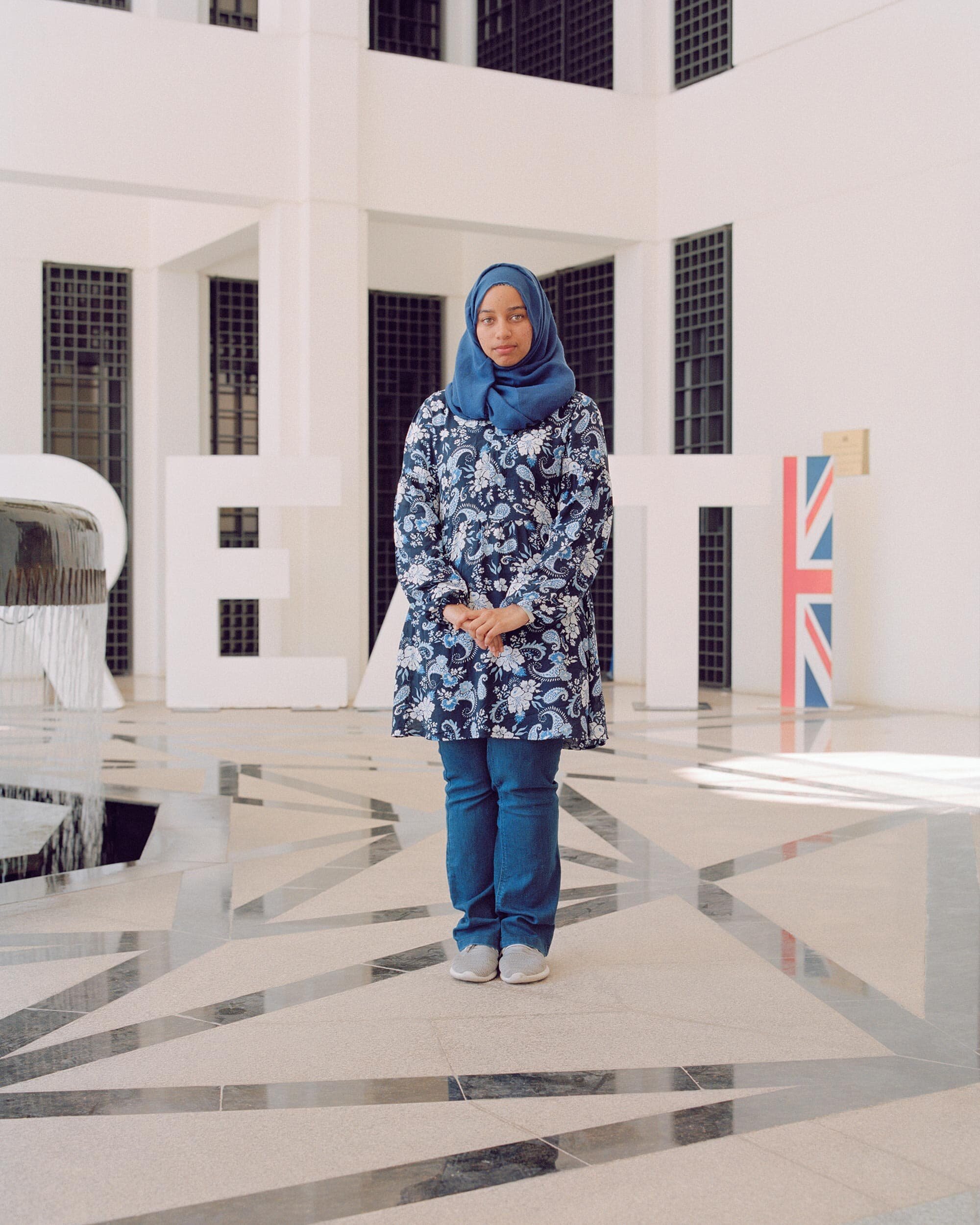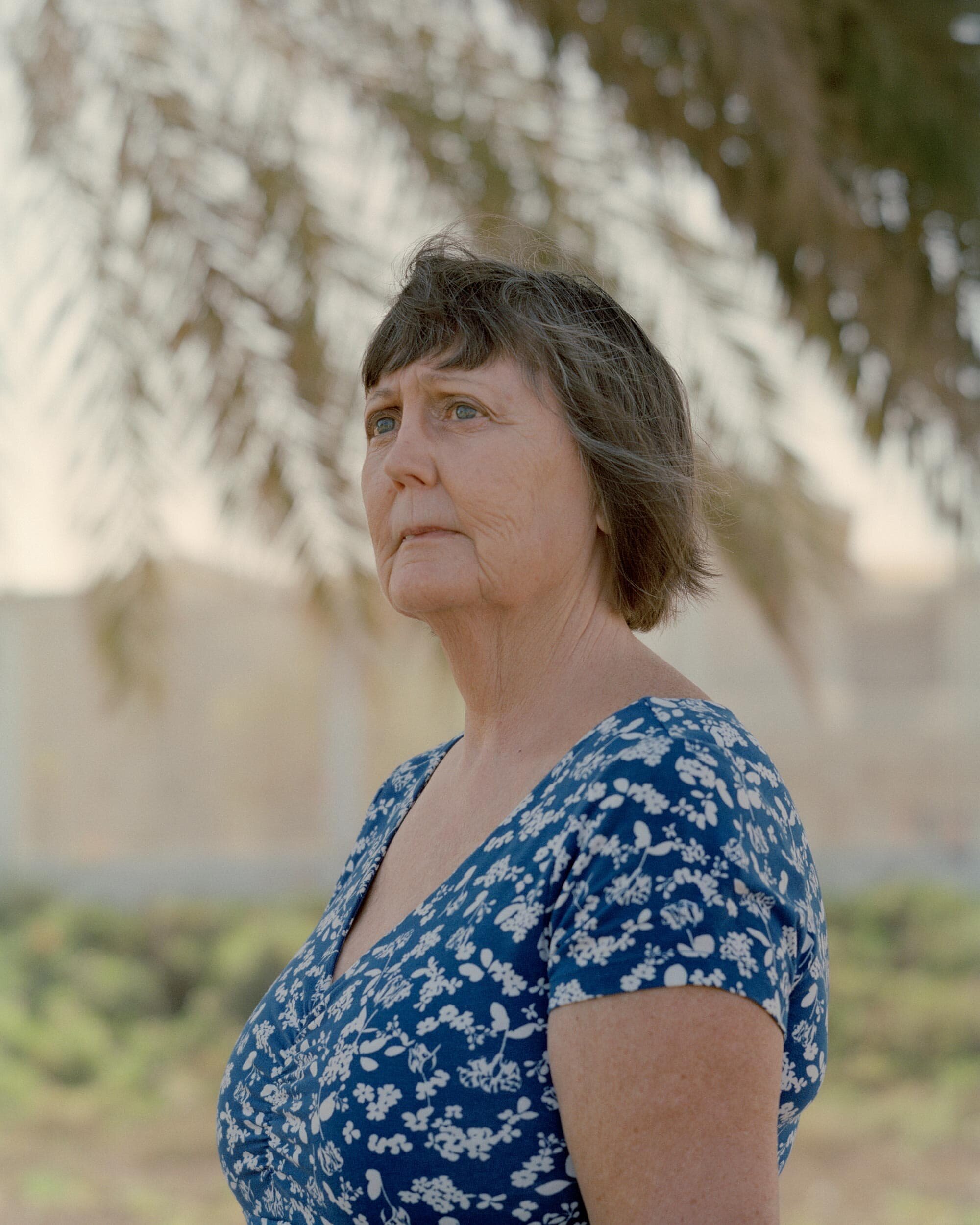Josh Adam Jones
An introduction to ‘XO’ by Josh Adam Jones
With over forty-five percent of the population falling into the expatriate category, Oman is a culturally diverse place that has a strong sense of national pride at its heart. The Middle Eastern country accelerated its social and economic developments in the 1970’s, with Sultan Qaboos investing oil revenues into infrastructure, education and healthcare, and has since focussed on tourism as an alternative source of income.
An advertisement for visiting Oman caught the attention of Josh Adam Jones, and throughout 2018-19 he travelled to the capital city of Muscat. Driven by the desire to challenge his own perspective, which had been influenced by Western media, Josh concentrated on the relationships between Omanis and expatriates who live in this Middle Eastern city.
The notion of ‘home’ as a recurrent theme quickly became evident, and the word itself contained a multitude of meanings for different people. Regardless of social status, occupation or nationality, Josh encountered an enormity of pride throughout the country’s populace for the place they call home.
XO is partly a response to Western misconceptions of the Middle East, and misrepresentations of the region’s values and beliefs. The country is peaceful and prosperous; a sanctuary from the conflicts that affect surrounding areas. Alongside making his own photographs, Josh invited people to contribute hand written accounts of their idea of ‘home’ and their experiences of Oman.
When you first saw an advertisement for Oman, what about it caught your attention and led you to visit? How did your initial expectations shift upon being present and experiencing Oman yourself? How have you taken your own experience and put that into your photographs in a way that represents the Oman you've grown to know?
I remember thinking how beautiful Muttrah and the surrounding coastline looked in the pictures, in addition to the rugged mountainscape in the background. When I arrived in Muscat, the heat took a lot of getting used to, but I will always remember the taxi from the airport, being completely transfixed by the hazy mountains in the distance; everything was just soaked in sun. Shop signs were something that I didn't expect to interest me, but a lot of businesses (I was told due to registration costs) displayed names that were simply descriptions of their services, like 'Fish Shop' or 'Restaurant' for example. I personally think within my photographs, there are stories both big and small that this project in particular does not tell, but experiencing the place as an outsider hopefully lends itself to XO being a positive interpretation of Oman.
How has visiting Oman multiple times helped in creating your series XO? I think so often we want instant gratification but when we devote time and energy into a series it unfolds through the interactions that happen with relationships that develop over time.
In terms of the timeline of making XO, I can't quite believe that it's been 2 years since I began the work. I have of course learnt so much during this time and feel incredibly fortunate to have collaborated with many different people and organisations along the way. Something I have been aware of throughout is my own voice as 'the photographer' and how important clarity, intentions and representation are. Being able to continue the work with The Place I Call Home commission from Ffotogallery and British Council really cemented the themes I was trying to address on my own, but in a way that was more engaged with the people I first met in 2018.
I'd love to dive into 'how important clarity, intentions and representation are' can you share more on this. How do you approach each with awareness and follow through? I mostly want to ask you about this because I feel that as a photographer who explores different cultures, it is so important to arrive as a guest and learn before just making assumptions. I am not sure how to form this question, but can you elaborate on representation, clarity, and intention. Is there an order you follow for this?
I think in a way they are all linked. I try to make sure that I am clear about my intentions before, during and after making the work, which includes the representation of who or what is being placed in front of the lens. It’s therefore important to consider my place as an artist, especially when thinking about my own background, experience and position within a Western society. I think it’s also about actively being aware of all this whilst making work, especially within a culture that is outside of my own. XO in particular began as a project about expatriates living in Oman and a micro study of a Middle Eastern city, but the work developed to also explore the notion of home, identity and shared experiences across cultures. It’s incredibly important to be aware of certain privileges when making work as an artist or photographer, and this is something that can always be improved upon through criticism and conversations with other people. I don’t think there is a particular order for working through certain themes, but I think it is important to be honest and transparent about why you are making certain work, as ultimately it can affect the people who become part of the project.
Can you share more about the relationships you developed within the community of Oman?
Meeting people happened organically, either by chance encounters or by someone introducing me to their friends. With a lot of people, what began as relationships defined by this project for a specific purpose has since developed into friendships, and it has been wonderful to remain in contact with them. I'm often being welcomed back to Oman by people that I met, and I'm looking forward to the day that I can visit again.
Can you share how Ffotogallery and the British Council have supported this project, how did your relationship with them begin and how do they share in your mission?
The Place I Call Home was an incredible opportunity in which I was supported by Ffotogallery and British Council to continue making work in Oman. At the end of 2018, I knew the project wasn't quite complete, and so the commission (which was from an open call) provided the financial support to make further work and also an opportunity to exhibit internationally with other artists. The collective project has a legacy and I would like to continue working along similar themes explored in The Place I Call Home.
What has been the most difficult part about this project? What obstacles have you encountered and how have you overcome them?
I think the most difficult part for all of my work is figuring out exactly what it is I want to say. Photography is so different to other visual media, like filmmaking for example, and communicating a strong story and message through still photographs and text is something I always battle with. Overcoming such things often involves time away from the work, which is of course a privilege of working on self-initiated briefs.
Can you share how XO has challenged and helped you redefine your own definition of 'home.’
From my own family experience, my mother (and her mother in fact) has always been a 'home bird', whereas my siblings and I have enjoyed being away from home. This project reaffirmed my own definitions of home in the sense that it can be anywhere that feels safe, comfortable and somewhere you return to at the end of the day. Prolonged periods of my adult life have been lost at home because of mental illness, so I think my relationship to what constitutes as 'home' is always changing.

